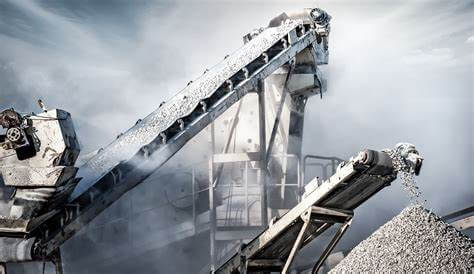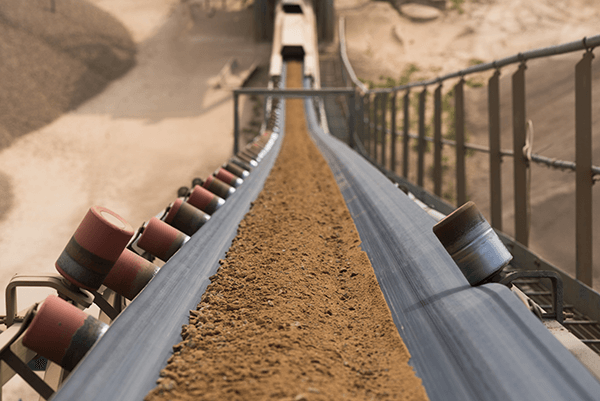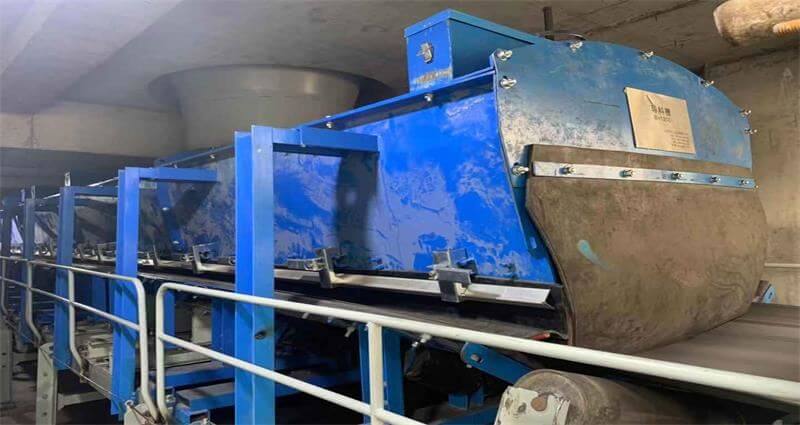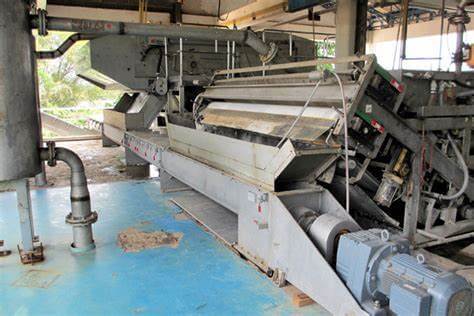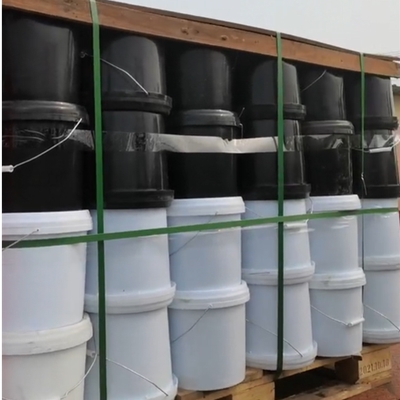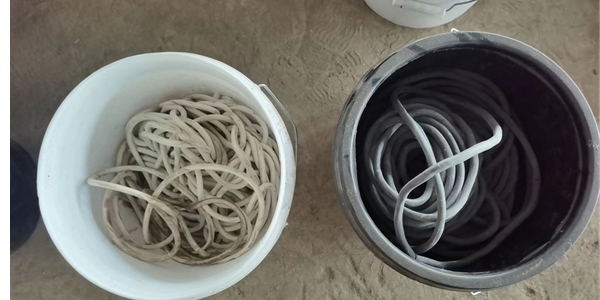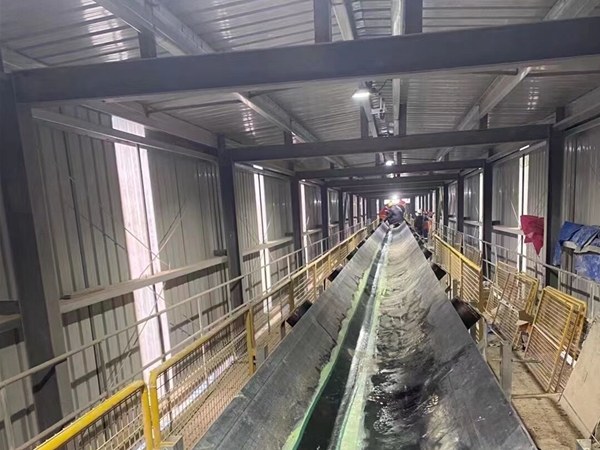When the material falls from the area outside the discharge point of the belt conveyor, usually near the load area, overflow will occur. In all industries, any material spilled from the conveyor belt will immediately lose value-this will reduce your operating efficiency, maintenance time, equipment life and employee safety. Even losing only 1% of transported products will increase your operating costs.
Common causes of belt conveyor leakage may be improper belt tensioning, insufficient seal in the load area, overload, mis-operation, product shock, and poor maintenance of load area components. Therefore, overflow may become part of a continuous vicious cycle; mis-operation will cause leakage, leakage will cause malfunction, and mis-operation will change the friction of the belt, leading to belt misalignment and accelerating component wear.
So how does this relate to your load area? By properly maintaining the load zone components and maintaining the center position of the load material, overflow can be prevented.
The load area is usually one of the most overlooked areas for system efficiency, but it can see every ton of material you move in operation. With the correct load point support, you will see improvements in leakage, belt wear, dust emissions and mis-operation, as well as less damage to other conveyor system components. Now that you know the issues related to load zone neglect, here are some suggestions on how to control conveyor belt overflow-these simple changes to your load zone will increase the efficiency of the entire system and reduce the time and money you spend on maintenance!
1. Seal the load point with a skirting board system to eliminate dust
In order to make the operation cleaner and safer, the load point must be sealed to control flying dust and convey excess material. The handling of dust in many industries is an important issue, not only because of the significant risks that arise when workers are exposed to inhalation of dust or other powdery materials, but also because dust is essentially a waste of products and a lot of time will be spent cleaning and maintaining damaged equipment.
The skirting system creates an effective seal at the load point without damaging the upper cover of the belt, preventing spillage and dust release.
There are many different belt conveyor skirting systems to choose from, from universal and easy to maintain. It’s worth noting that before choosing a kicking system, it is crucial to consider your application type and productivity goals. For example, in an extremely dusty environment, a closed skirting board system will be the most effective solution to control particles in the air. However, standard polyurethane skirting boards can be an effective solution for environments seeking to mitigate material spillage. The skirting system can be easily customized to fit your job requirements, allowing you to protect as few or as many conveyor belts as you need. Speaking of which, a 13-meter-long Ibeltrepair closed skirting system was installed in a quarry in Australia, which completely defeated the dust.
2. Increase the skirt clamping mechanism to make the maintenance of the load area easier
The skirt clamp allows the skirt to be replaced effectively in the load zone, making maintenance easier and safer for maintenance personnel because of the easy-to-lock and release skirt system. The clamping mechanism should be durable and provide a stronghold to stop the vibration and resistance of the skirt rubber. It should also be easy to service the skirt clip with a simple release mechanism clamp, like this one. When the skirting board material is worn out or the skirting board needs to be replaced, a simple process of loosening the clamp allows quick adjustment. Adding complexity to the process can cause it to take too long or result in the maintenance never being accomplished.
3. Protect the conveyor belt by preparing the impact bed
Located in the load area below the conveyor belt, the impact/slider bed controls acceleration, attenuates impact energy, reduces destructive vibration, extends the life of the conveyor belt, provides conveyor belt protection and material sealing. Several factors may influence the performance of impact beds, but you must ensure that every specification is accurate before you can safely use them. You must determine the maximum material block weight and drop height to ensure that it can handle the toughest conditions of your application. The impact bed calculator, which is an easy-to-use and informative tool, can assist you in choosing the best solution.
The impact bed can be used with a skirting board system to provide a complete load area solution. Many beds have common components, resulting in effective but affordable solutions. The impact bed was designed with only one simple goal: to protect the belt. This goal is achieved through the use of high-grade engineered belt protection with Speed Reducer™ throughout the structure (not just the rod). The bed can be separated in the middle, allowing the two sides to slide out separately. This slide-out service™ provides quick, simple and safe maintenance with direct access to all rods and bolts.
4. Suggestion
Load area components, such as skirting board systems and impact beds, will minimize adverse effects on the entire system. These components need to be installed and maintained correctly according to your application in order to see great results in your belt conveyor productivity. If you are not sure to install it exactly, you can find a expert to help you.

